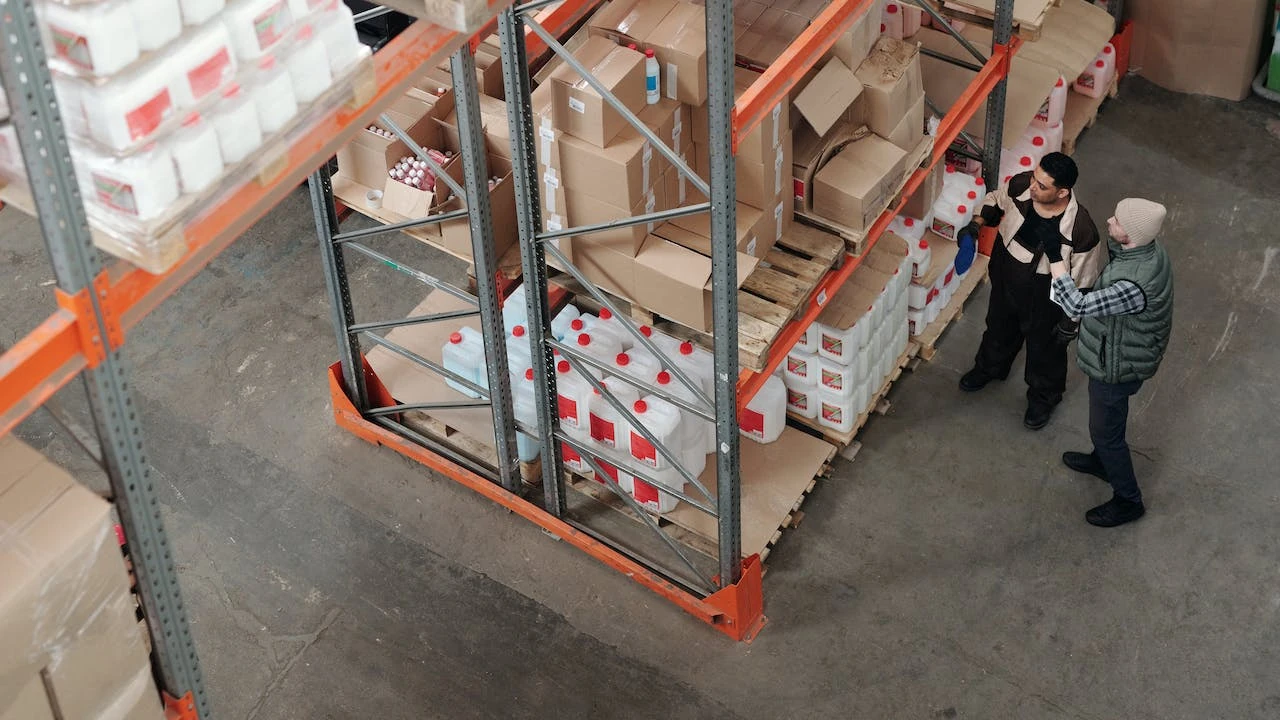Optimizing Clinical Trial Supply
Clinical Trial Supply is a complex topic, owing to its unpredictable demand, regulatory and compliance requirements, as well as product complexity.
To achieve streamlined, efficient, and cost-effective flow, an organization must carefully balance these complexities, while maintaining data integrity and, above all, patient safety.
Establishing transparent processes within the validated enterprise resource planning (ERP) system in use, together with clear standard operating procedures is thus critical. In today's environment, pursuing optimal solutions leads to multi-country and multi-stakeholder settings. Thus it is crucial that all involved parties understand the process, as well as their place in the supply chain design.
Doktor K Consulting contributed to a project in which an existing workflow was replaced with an optimized one, delivering a leaner structure and clearer process definition. As a result, stakeholders gained a stronger understanding of process aspects beyond their immediate areas of expertise.
In this scenario, the Client was working across multiple countries. The IMP was produced by a contract manufacturing organization (CMO) in Country A, then delivered to a labeling partner in Country B, from where it was dispatched to a contract research organization (CRO) in Country C. All three countries were in the European Union.
Optimization Motivation
Although the client’s existing process met all critical regulatory and compliance requirements, several stakeholders expressed concerns about the effort required to work within it. These concerns focused on the amount of manual work to be performed, lack of understanding of the timing of the actions from stakeholders representing other areas, and general complexity of the flow itself.
To address these issues, the project team undertook a structured analysis - dissecting each process step and methodically identifying opportunities for improvement.
Requirements for a cross-country process
The studied process required collaboration between stakeholders from different areas of expertise: supply chain, logistics, technical operations, finance, controlling, tax, quality and clinical trials.
Working with these experts made it possible to define the boundary conditions and requirements for the improved process. The first step was to establish a clear flowchart showing the product’s status at each stage, the responsible party, and the custody of goods and transportation.
In addition, stream-specific requirements were gathered, following the below-listed general topics:
- Supply Chain, together with the Clinical Team, emphasized the necessity of achieving good visibility of the products to facilitate the planning
- Logistics stressed the requirement of automatic generation of the necessary delivery documents
- Finance, Controlling, and Tax experts provided insights into proper accounting of the transactions, as well as the appropriate, system-driven value reporting in respective countries, which also impacted tax requirements.
- Quality representatives expressed their requirements concerning quality release and goods inspection setups on the respective legs of the product workflow.
- Moreover, as the goods movement happened within the EU, Intrastat reporting was also considered.
Translation and Development
Having gathered the requirements, it was time to engage IT experts. The specific points were translated into the ERP configuration, including organizational elements, document and output types, and user roles involved in the actions for specific authorization adjustments. The changes were documented at every step, and thorough testing (end-to-end with technical team, and a UAT with respective SMEs), following a specially-prepared and approved test script, was conducted.
Once the test was performed and the process was validated, it was ready to use in day-to-day operations.
Discussion
This project highlights the necessity of aligning the compliance requirements with business "quality-of-life". Even though the original process met the necessary regulatory checkpoints, it was cumbersome to work with.
Through cross-functional collaboration, the redesigned process allowed users to navigate steps more quickly and confidently, reducing the risk of IMP delivery delays and freeing staff to focus on other critical tasks. Following go-live, manual data preparation was reduced, delivery documents were generated automatically in ERP, and stakeholders reported clearer process alignment across the Streams.
Read More


